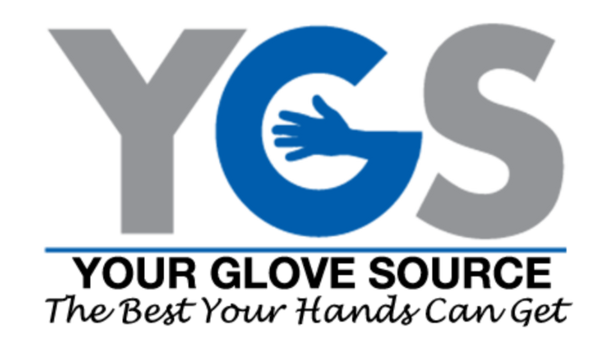The classification guidelines for bot the ANSI and ISEA rating systems have recently changed. What does this mean for you and your future glove purchases? Keep reading to find out.
The Big Changes
Possibly the most significant difference with this new classification system, is that rather than having cut levels rated from one to five, gloves are now rated from one to nine. The old level four has been divided into more specific sections and products, which provides consumers with a much more accurate rating on their gloves, resulting in greater safety.

The testing standard for gloves has also been revamped. Now, gloves can only be tested on one specific type of machine, where as before there were two different machines that gloves could be tested on. This new standard will result in ratings that are more consistent and less confusion for customers.
There have been other minor updates to the process of testing, regulating, and certifying gloves for glove manufacturers, which means that in the end, glove consumers will be able to choose gloves that are more perfectly suited for their particular jobs.
For most gloves being manufacturing after these updates, consumers will see new ANSI cut scores on their gloves. It will be easily recognizable; rather than just the number of the level, there will be an “A” preceding the level.

Outline of New Cut Level Ratings
Consumers will now have to get used to 9 different cut levels. Below is an outline of what each of these new levels mean practically for glove users:
Cut Level 1: Light cut hazards including tasks like warehouse packaging, small parts assembly, or forestry.
Cut Level 2: Light/medium cut hazards including construction, auto assembly, small parts assembly, or warehouse work.
Cut Level 3: Light/medium cut hazards including material handling, packaging, pulp & paper, and auto assembly.
Cut Level 4: Medium cut hazards including dry walling, electrical, metal fabrication and handling, and food prep/processing.
Cut Level 5: Medium/heavy cut hazards including appliance manufacturing, carpet installation, auto assembly, aerospace industry, and warehouse packaging.
Cut Level 6: High cut hazards including metal stamping, glass and window manufacturing, meat processing, and auto assembly.
Cut Level 7: High cut hazards including metal recycling, sharp metal stampings, HMAC, meat processing, and aerospace industry.
Cut Level 8: High cut hazards including pulp and paper, glass and window manufacturing, meat processing, and metal fabrication.
Cut Level 9: High cut hazards including metal stamping and recycling, auto assembly, pulp and paper, meat processing and aerospace industry.
We hope this article helped you see some of the basic changes that have occurred in the glove industry, and will allow you to stay an informed consumer as you purchase your next work gloves.




